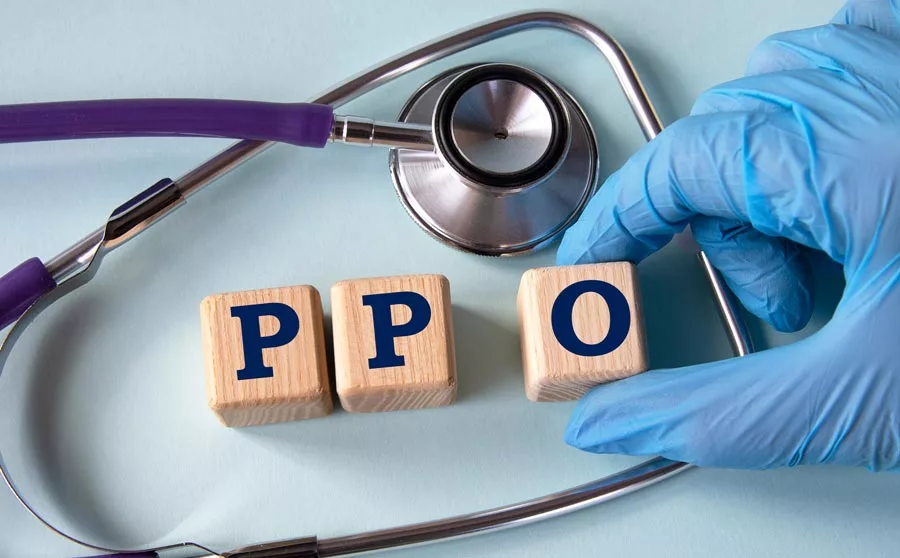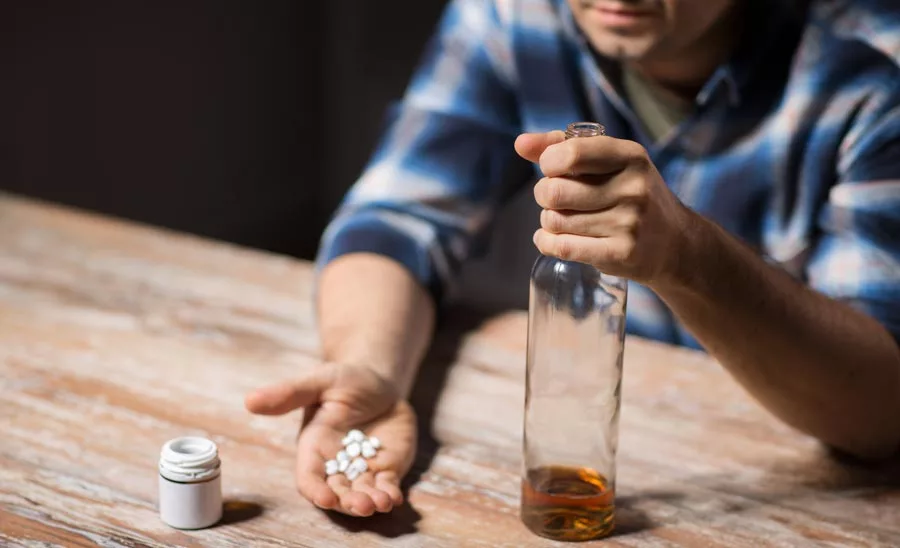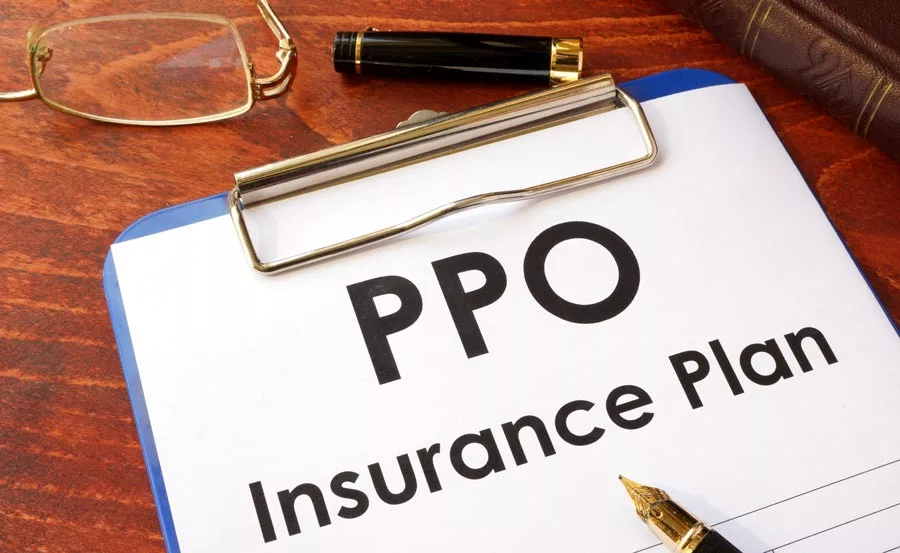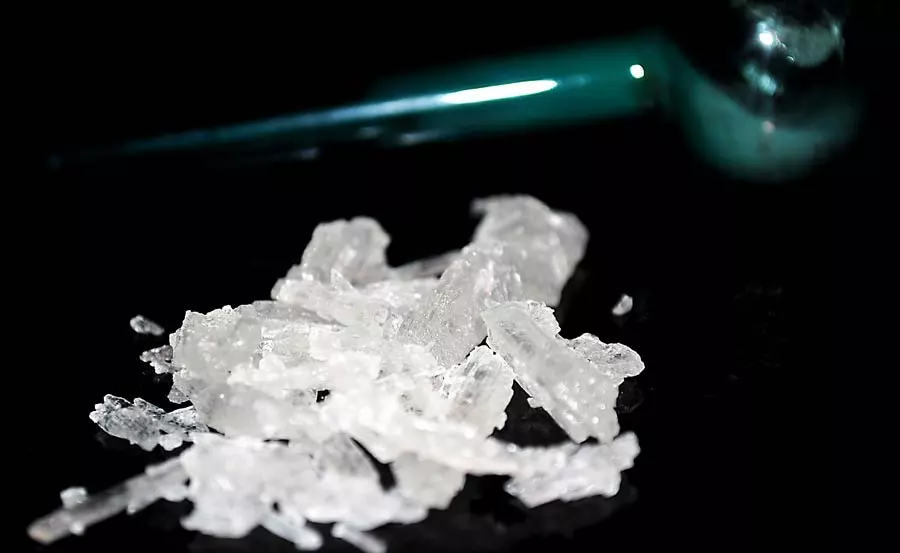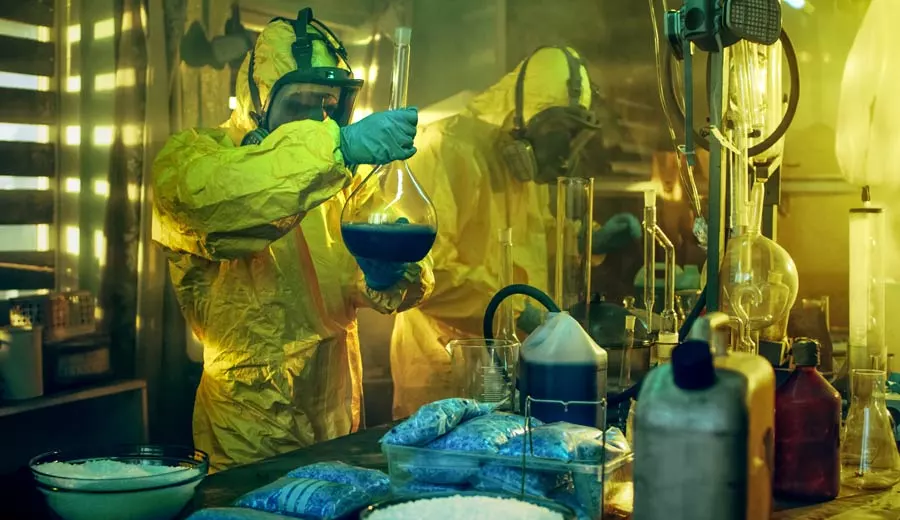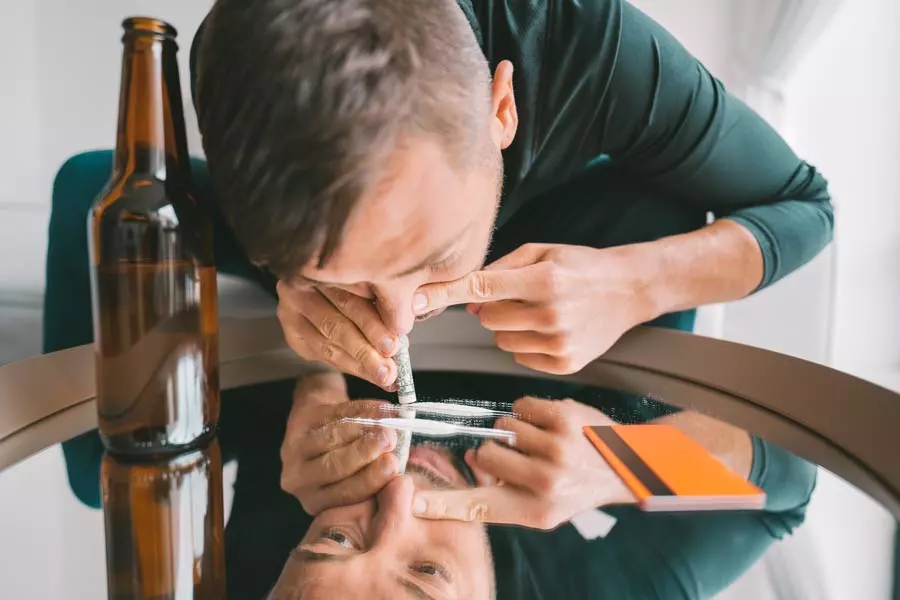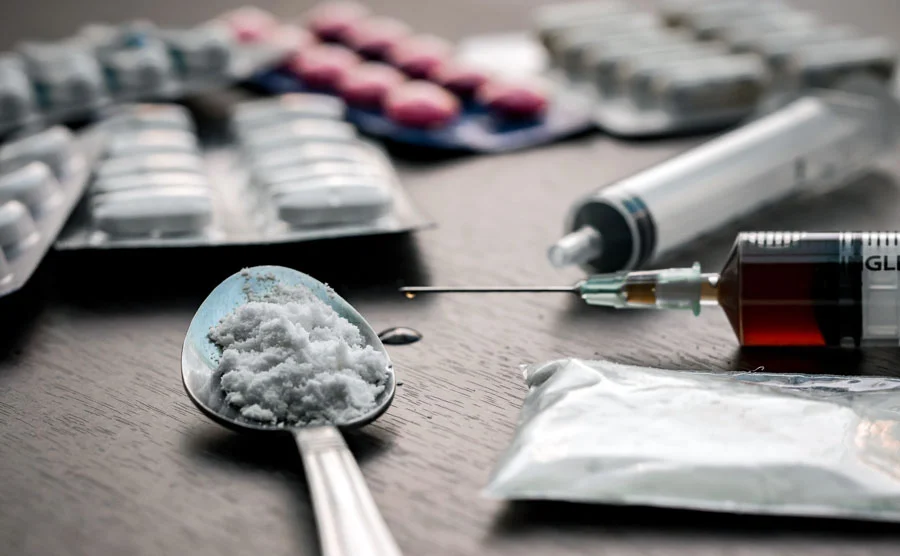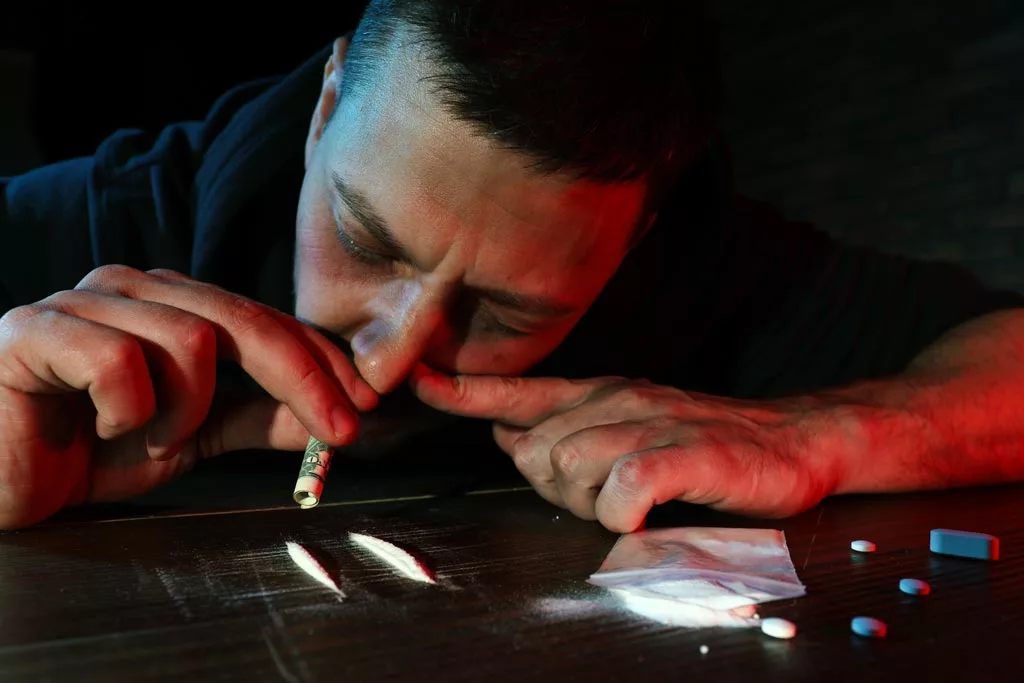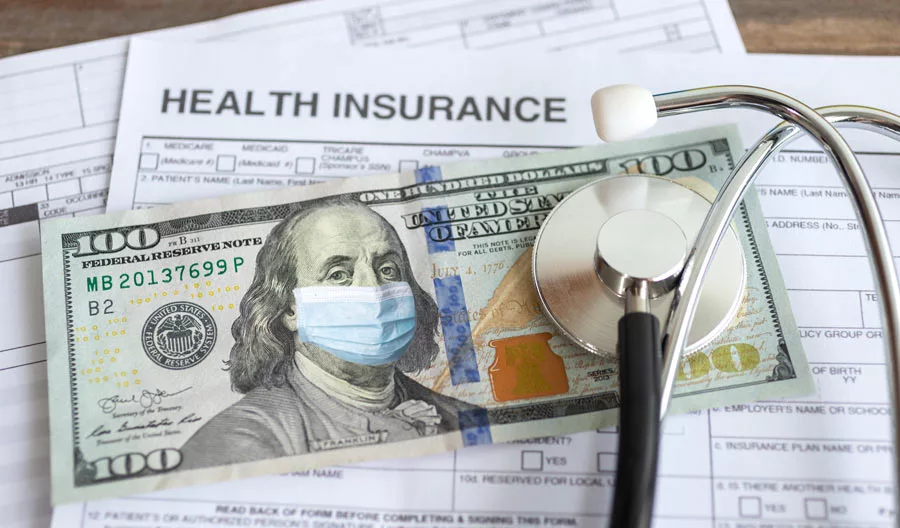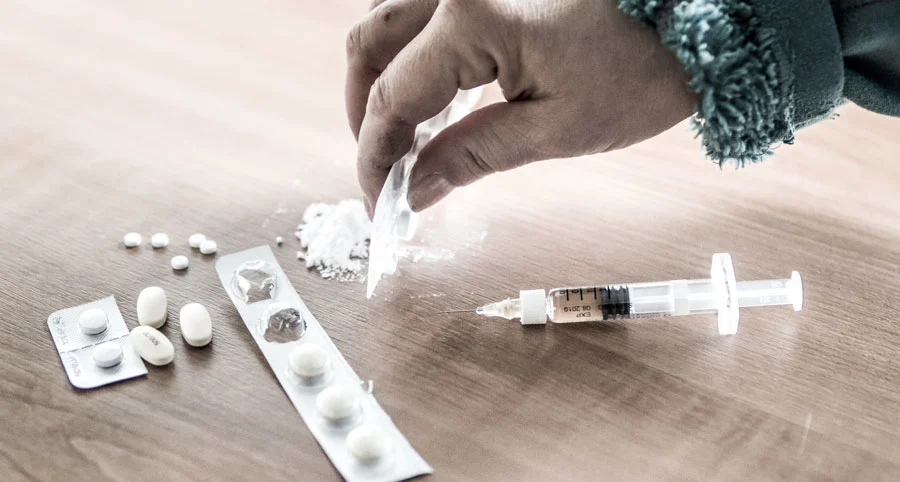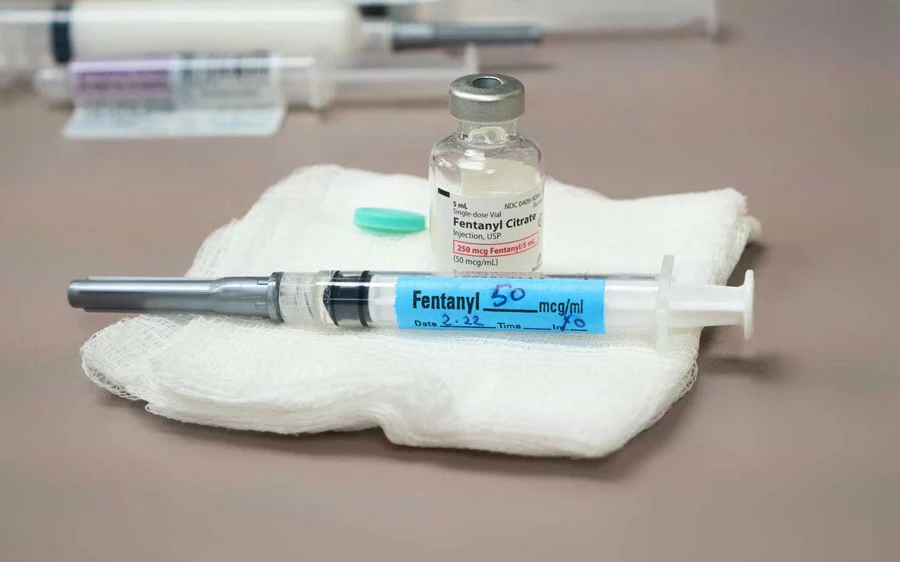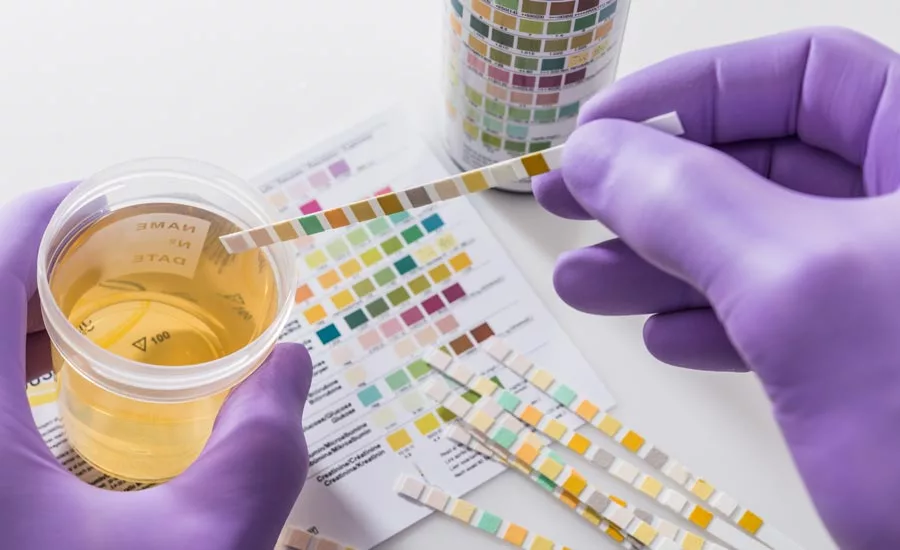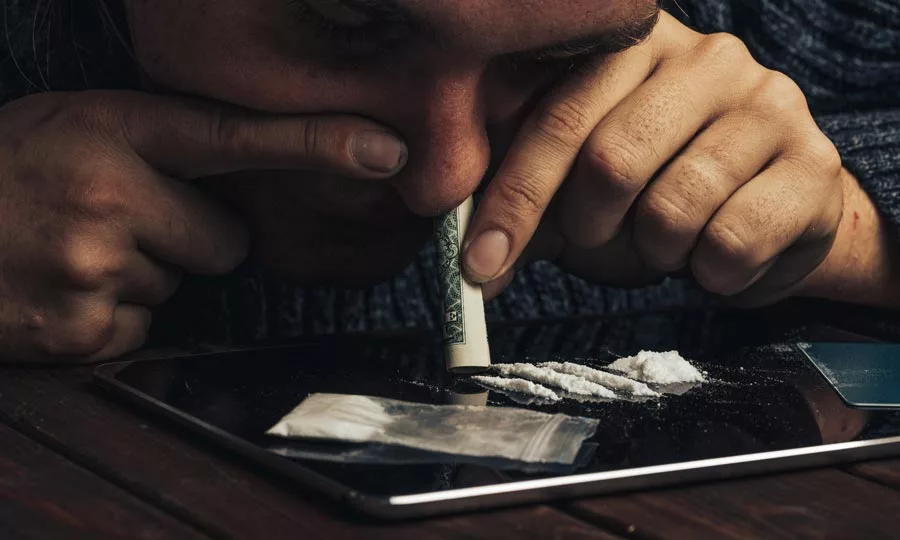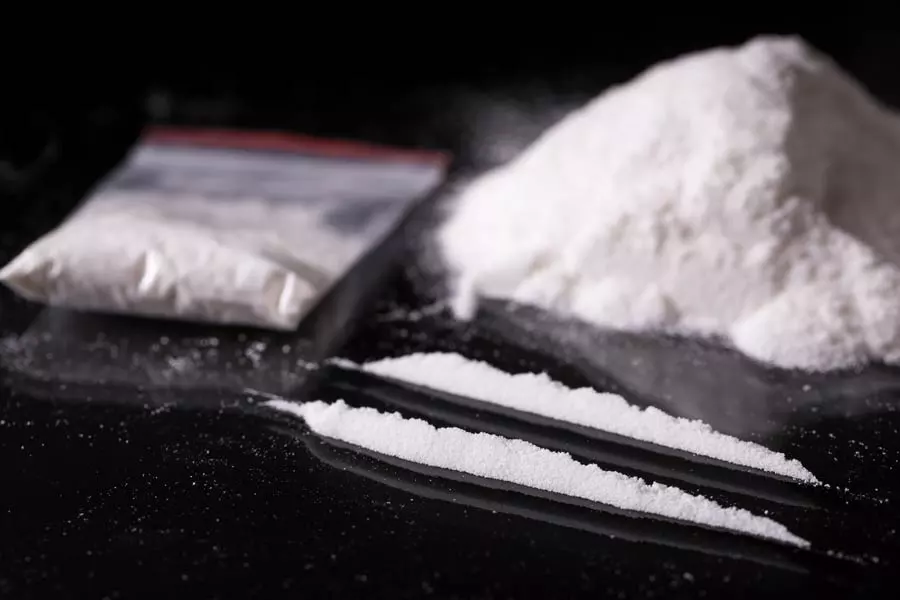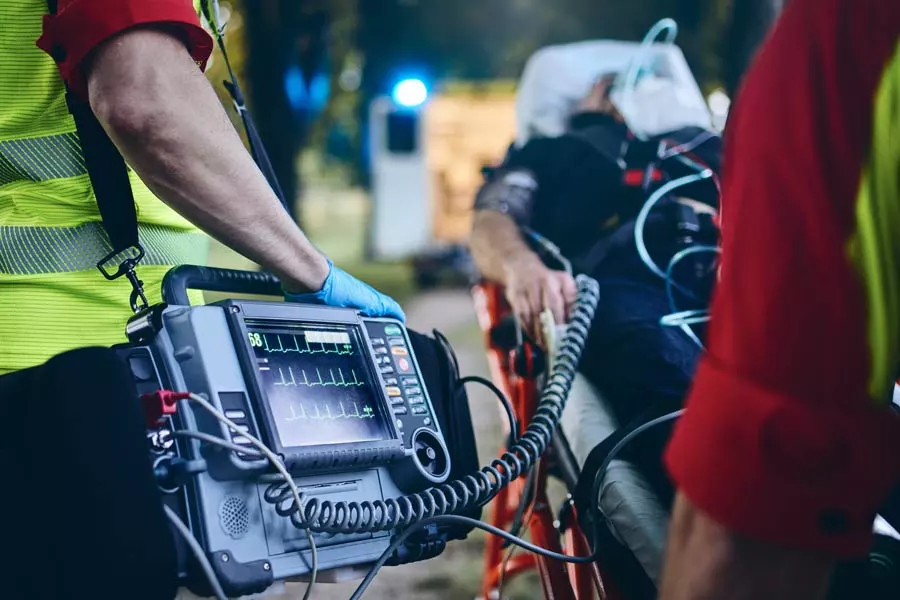The intense effects of methamphetamine have made it a popular drug of abuse. But the high from the drug does wear off eventually and is followed by what is called a “crash” or “comedown.”
What happens during a meth comedown and withdrawal, how long it lasts, and whether or not the unpleasant and sometimes hazardous symptoms may be lessened are all covered here.
Keep reading to find out how to best manage the crash after meth use, and find out more about effective forms of treatment as well!
What Is the Meth Comedown?
When the effects of a methamphetamine high wear off, those who are dependent on the substance may experience severe withdrawal, commonly known as a “comedown,” characterized by strong dysphoria, anxiety, and agitation.
“Binging,” or obsessively consuming meth repeatedly every several hours for 3-15 days at a time, is one way that many meth users try to prolong their high and delay the onset of their comedown. High-dose, frequent users have developed a high tolerance and may have switched to an administration method that produces an effect more quickly (i.e., smoking or injecting).
Extreme crystal meth use may lead to suffering from more severe withdrawal symptoms that persist for weeks. A person who has formed a dependency on meth will experience significant feelings of withdrawal when they ultimately quit usage, making the inevitable “crash” considerably worse than with infrequent or intermittent use.
After a binge lasting two or three days, the person will likely feel weary, dejected, and sleep for forty-eight hours. There may then be a time of chronic anhedonia or dysphoria, as well as a period of hunger and drug seeking. In addition, paranoia and irritability might occur at times.
What Are Crystal Meth Comedown Symptoms?

Meth addiction has a very prolonged withdrawal process. Meth comedown symptoms and intense cravings follow periods of extended substance abuse. In many cases, meth addiction treatment is required for users experiencing worst-case scenarios.
The meth withdrawal phase typically lasts between two and three days. Anxiety, despair, weariness, and a general state of restlessness that may remind one of a hangover are all possible comedown symptoms for someone who has recently stopped using meth.
Meth addiction is notoriously difficult to break without medical assistance. Because of the brain’s chemistry changes to depend on the drug for dopamine, the comedown is mentally taxing.
Meth withdrawal has two distinct phases: the crash phase, which lasts just 1-3 days, and the acute phase, which lasts 7-10 days. When you stop using meth, you may experience withdrawal symptoms such as extreme cravings for meth, changes in appetite, aches, pains, weariness, lethargy, disorientation, irritability, mood swings, sleeplessness, nightmares, anxiety, melancholy, and paranoia.
Meth Addiction: A Cycle of Binging and Crashing
After the effects of the first high wear off, users will often continue to take meth every few hours in an effort to recapture that original sensation of euphoria. Someone who uses meth on a regular basis may do so anywhere from once per day to six times per day.
This substance gets so addictive because, with each usage, there becomes less and less of a rush until soon there will be no rush at all. The binge stage of meth usage can last up to 15 days, and during that time, many users do not eat or sleep.
Meth usage progresses through a series of stages, the final one being the crash before the user enters the withdrawal phase. During this time, the person will experience tremendous fatigue and may need up to three days of sleep.
The Meth Addiction Withdrawal Timeline
Meth withdrawal has a chemical impact on the brain and body. Repeated usage over time can cause permanent changes in the brain’s biology, ultimately leading to physical dependence on the drug.
However, meth users can develop both physical AND psychological dependence on the drug. In other words, people may come to believe that they need to consume meth to maintain a healthy body or a level head.
If you’ve developed a physical tolerance to meth, you may have kept using it to avoid uncomfortable emotions. However, if you’re ready to kick your meth habit for good, you’ll need to quit ingesting the substance and seek addiction treatment services such as those at Best Rehabs In Arizonas.
Substance abuse and meth addiction treatment centers help users treat the factors behind abuse issues, finding the driving factors are often mental health disorders.
Immediately After Stopping Meth Use
This will initiate a period of physical and mental adjustment as your body adjusts to life without meth. The physical and emotional symptoms of this change can be terrifying. However, if you truly want to rid your life of meth, this is a crucial step.
The effects of meth can be felt for up to 12 hours after use. After 12 hours, your body will likely start experiencing withdrawal symptoms from meth. There are several stages to a meth comedown that can last anywhere from a few days to a week as your body readjusts to life without meth. What follows is a brief overview of the typical stages of the crystal meth withdrawal timeline:
24-Hours After Last Use
Your energy levels will be low, and you’ll feel fatigued and listless. You’ll probably sense a shift in mood, maybe bordering on irritation or agitation.
Second and Third Days
The worst of the withdrawal symptoms from meth typically occur during these days. Despite no longer being exhausted, your irritation level is certainly rising. Since your body is not used to functioning without the substance, huge chemical changes are going on within the body and mind.
You may have trouble focusing, have emotional ups and downs, and experience cognitive dissonance. While experiencing the worst effects of a meth comedown, people have trouble concentrating and remembering new information.
Days 4-7
In most cases, a week is all it takes to recover from a meth high. Physical withdrawal symptoms should ease, but psychological desires may linger for a while. People will still feel physically less anxious, but they will be more exhausted mentally due to sleep and appetite difficulties.
Post Acute Meth Withdrawal: After One Week
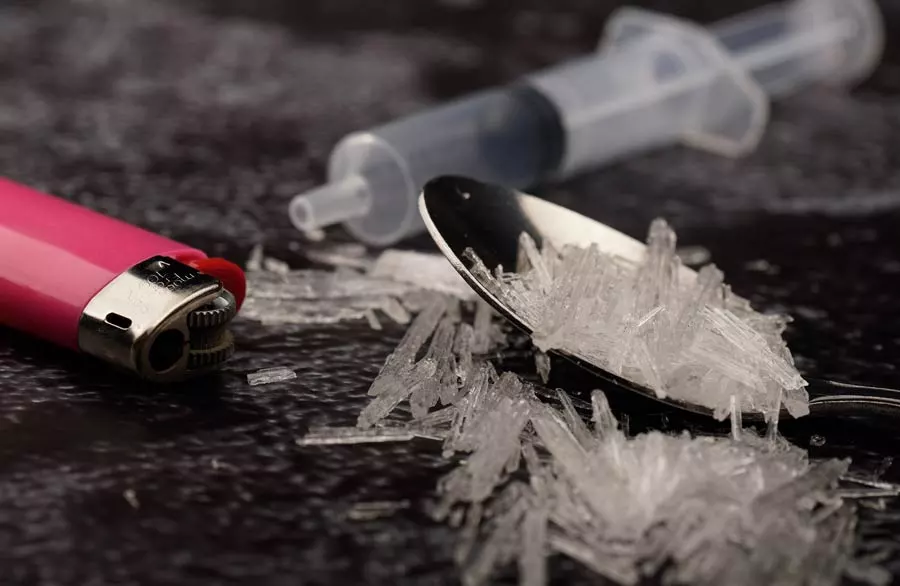
Meth withdrawal and recovery are extremely challenging for a number of reasons. After a week of comedown, most people experience a “crash.” This implies they are not just tired, but also devoid of any positive emotions.
Depression and anxiety can be particularly intense during this post-comedown period, and people may have to fight off intense urges to use the substance they know would help them feel better.
It’s not uncommon for meth users to have unpleasant dreams during the comedown. However, how long someone has been using meth, how often they use, and how much they use all contribute to the severity of the comedown.
Long-term users will have the most difficult comedowns since their bodies will go through severe withdrawal symptoms when they suddenly stop using the substance.
Luckily, certain evidence-based practices and remedies exist to help you recover and make it safely through the comedown process. Whether at Best Rehabs In Arizonas or another facility, make sure you take guard against relapse after detoxing from meth by using these measures as effectively and completely as possible.
Tips for Managing the Meth Comedown Period
Stay clean and off meth if you want to avoid the agony of withdrawal and comedown after meth usage. But desires and cravings for meth can be strenuous and demanding, especially in the initials days and weeks of stopping use.
However, with the correct support, such as that offered at Best Rehabs In Arizona, you should be able to get through the initial stages of withdrawal and remain drug-free, ultimately achieving full recovery.
Here are the most effective methods we know of to help you recover from meth abuse disorder and handle withdrawal and the meth comedown.
Get Professional Help

Meth withdrawal symptoms are severe. Consult an addiction expert or a doctor if you have any doubts about your capacity to do it and succeed on your own.
With the guidance of a professional, someone going through meth withdrawal can learn to cope with the powerful and unpleasant sensations that arise during this time.
Be Sure to Eat and Stay Hydrated
One of the most crucial aspects of preparing for a meth comedown is maintaining a proper diet and hydration. Because meth can reduce appetite, long-term users may be malnourished and underweight.
Eat a healthy, balanced meal rich in calories, essential nutrients, and water to keep yourself healthy and hydrated.
Dehydration is a common symptom of meth comedown since meth is a diuretic, and staying hydrated can help mitigate other comedown symptoms, including headaches, exhaustion, and lethargy.
Regular Sleep Patterns
It is common knowledge that meth disrupts people’s sleeping patterns by its very nature as a powerful stimulant drug. Many people use it explicitly to remain up all night and to feel energized without the need for sleep. Restoring regular rest habits should be a priority as you begin the process of quitting drugs. Create a routine for your bedtime and commit to following it.
The ability to think clearly and actively engage in life increases with enough rest. Getting adequate sleep during meth comedown will help you resist the temptation to give in to cravings or relapse since well-rested people have superior impulse control.
Remain Occupied with Tasks and Activities
No matter what you do, the withdrawal symptoms from meth will be unpleasant. After the worst of the withdrawal symptoms have passed, keeping yourself occupied helps ease the remaining discomfort.
Making arrangements to see loved ones or work associates will help you forget about the pain you’re in temporarily. In contrast, allowing yourself to feel bored may trigger a need, so keeping your mind active with other people or activities will help you avoid thinking about, desiring, or returning to use.
Effects of Long-Term Crystal Meth Use
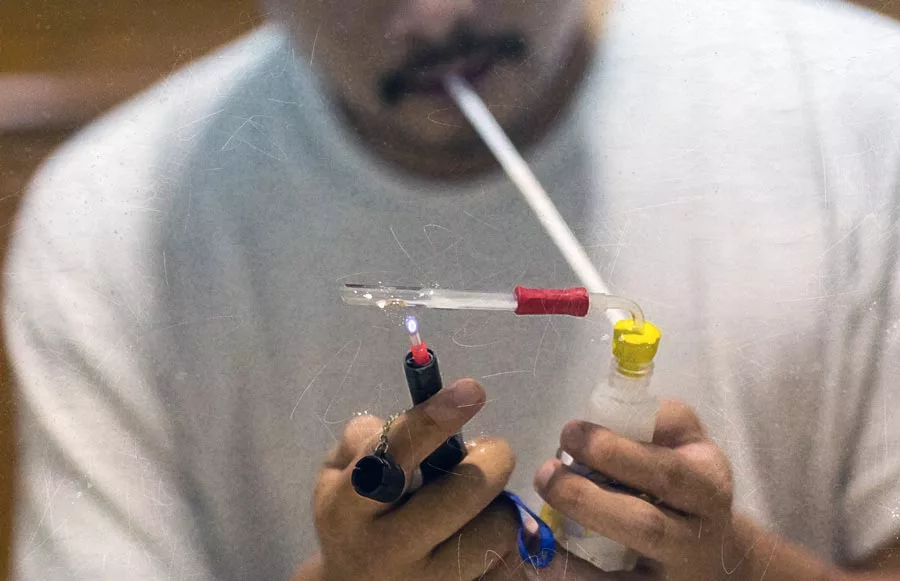
Meth use can be attributed to a wide range of causes. Many people find that it helps them stay alert and concentrate better. Some people like the high it gives them since it’s enjoyable and euphoric. Some users enjoy the drug’s euphoric effects, while others appreciate how it reduces anxiety and opens them up to trying new, sometimes dangerous activities.
Meth may have various devastating effects on the body and the brain, but many individuals continue to use it despite this knowledge. Meth addicts often exhibit risky conduct. Those who use it may act violently or become enraged. Long-term addicts may also suffer paranoia, delusions, hallucinations, and severe depression due to the drug’s effects on the brain.
Meth-induced psychosis is one of the worst mental side effects of long-term abuse. Individuals experience severe hallucinations and delusions. These may be auditory and visual in nature.
Physical dangers of long-term abuse include heart-related issues, stroke, blood pressure issues, and challenges related to blood vessel weakening. However, with the right treatment program, most of these symptoms may be reversed.
Long-Term Meth Recovery Is Possible at Best Rehabs In Arizona
With the right treatment team and a driven attitude towards sobriety, long-term recovery from meth comedown is possible. The final element in this equation is a strong support system, which can be achieved through support groups and the assistance of family post-treatment.
At Best Rehabs In Arizonas, we provide users with the tools they need to achieve long-term recovery from meth abuse disorder. Through a combination of treatment solutions and preparation for post-rehabilitation, our clients are well-prepared to battle the triggers that normally cause relapse and possess the proper knowledge and awareness to recognize the mental health disorders and symptoms that manifest and lead to potential failure.
With the help of our treatment team and their support system, most of our client’s successfully complete treatment and experience extended recovery. To learn more about our programs, contact a member of our admissions staff today!


